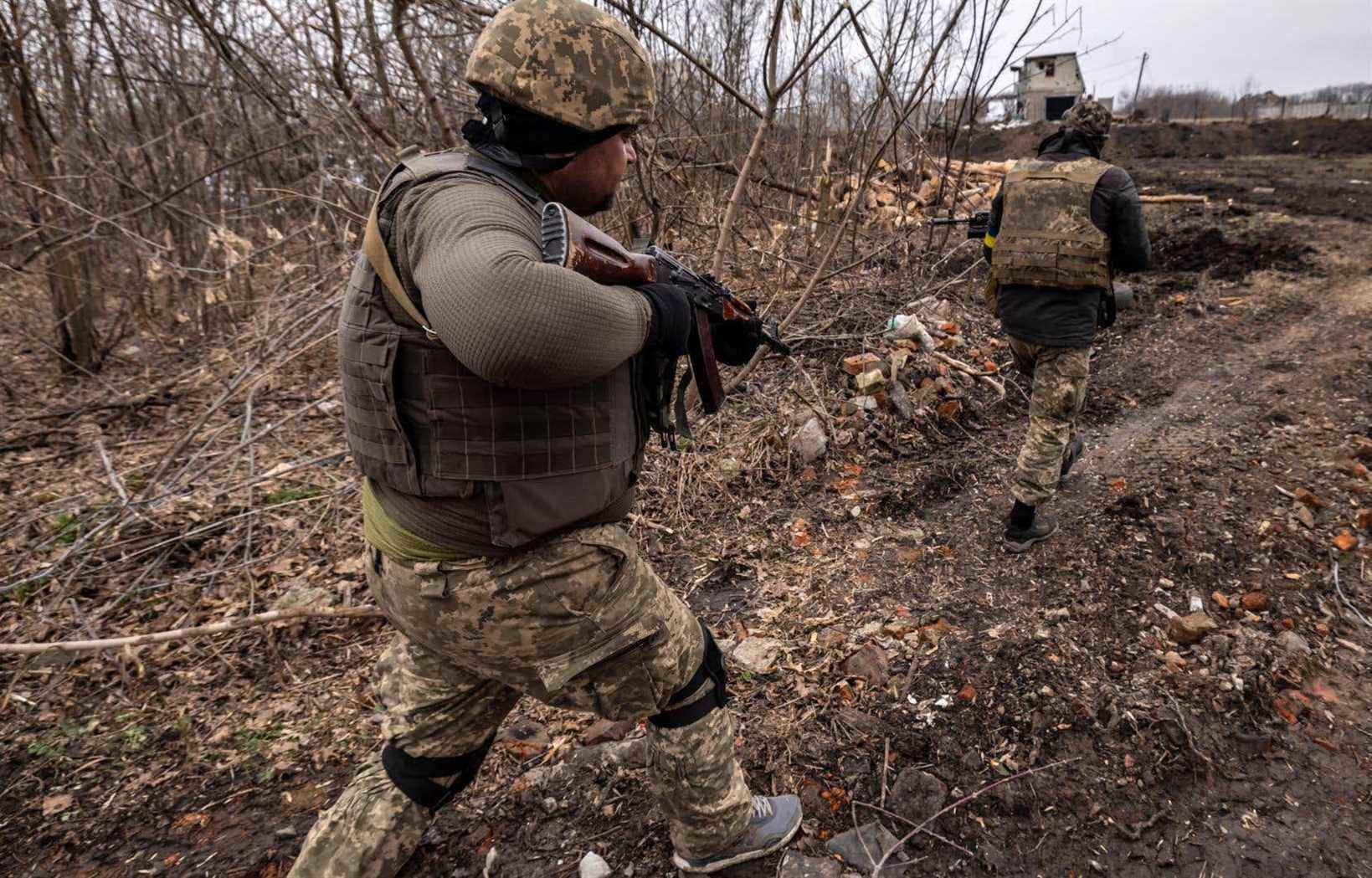They are European, African or American, supremacists, radical Islamists or adventurers. Foreign fighters and mercenaries of all stripes have poured into Ukraine to fight on one side or the other, posing more problems than they solve.
Are they thousands, tens of thousands? The numbers vary wildly, but none are reliable.
On the other hand, the two camps regularly brandish their existence. “Foreign fighters are an important propaganda tool,” summarizes James Rands, analyst for the British intelligence institute Janes.
“For Ukrainians, the presence of foreign volunteers sends a signal to their troops and civilians that they are receiving international support. For the Russians, the Chechens and the (mercenaries of) the Wagner group are units that come with experience from previous conflicts,” he said.
In early March, the Ukrainian Foreign Ministry claimed that some 20,000 foreign fighters, mostly from European countries, had volunteered.
Moscow, for its part, is mobilizing mercenaries from the private company Wagner and has declared itself in favor of the deployment of Syrians.
The Syrian Observatory for Human Rights (OSDH) initially reported 40,000 fighters from the Syrian army and allied militias ready for deployment. He says today that dozens of officers spent a few days in Ukraine and are now back in Syria where they are being trained under Russian supervision.
Illusions and incompetence
In any case, the volumes have nothing to do with the approximately 40,000 fighters who actually left for Syria in the 2010s, according to Western experts. Recruitment at this stage seems individual, spontaneous and obviously inefficient.
“Despite the wealth of anecdotes, there is no convincing evidence that foreign fighters make a difference on the front lines,” says James Rands.
Because they often arrive with their share of problems, illusions and incompetence. They demand arms, do not speak the language and know neither the terrain nor the culture of the camp they would like to serve.
There are also those who suffer from psychological weaknesses. Drug addicts, habitual criminals, the ultra-violent driven by ideologies that have nothing to do with the conflict in which they engage.
Most are therefore difficult to integrate into units under a coherent command, with discipline, respect for adopted tactics and mastery of engagement.
“Some have already been expelled for mental health problems,” says Dr. Vera Mironova of Harvard University, who has met some personally. “Many of them will never approach the front,” she says, even if some are ready to bribe the military to be allowed to fight.
Daniel Byman, a professor at Georgetown University in Washington, draws comparisons with other recent theaters and notes that many volunteers are “fundamentally unfit for the war zone”.
They don’t resist things as basic as the absence of a hot meal or the need to sleep outside. “A lot of people have low abilities and will just go home,” said the American.
“TikTok Special Forces”
James Rands, for his part, evokes a video of Chechens praying, supposed to intimidate their opponents. Instead of what the latter used it to geolocate them and set them an ambush. Their leader and several soldiers were killed. “Ukrainians call them ‘TikTok special forces’ suggesting they only know how to make good videos.”
Obviously, both kyiv and Moscow are trying to organize this contribution of fighters who, in the long term, could contribute locally to specific operations.
But the long-term risks are major, first in the theater of war, then on their return to their countries of origin.
History has repeatedly shown that mercenaries obey little or nothing to the laws of war. The risk of war crimes increases massively in their presence, exposing civilian populations and journalists.
And the specter of these fighters engaging in other violent agendas is equally concerning.
“If the war were to mutate into a long-term insurgency, the scene will change” and could generate “extremist narratives”, warns Naureen Chowdhury Fink, executive director of the Soufan Center think tank.
On their return, “many will return hardened by the experience of combat and strong in new international networks that can be activated for new causes”, she adds. “Those who want to do evil might be better able to do so.”
